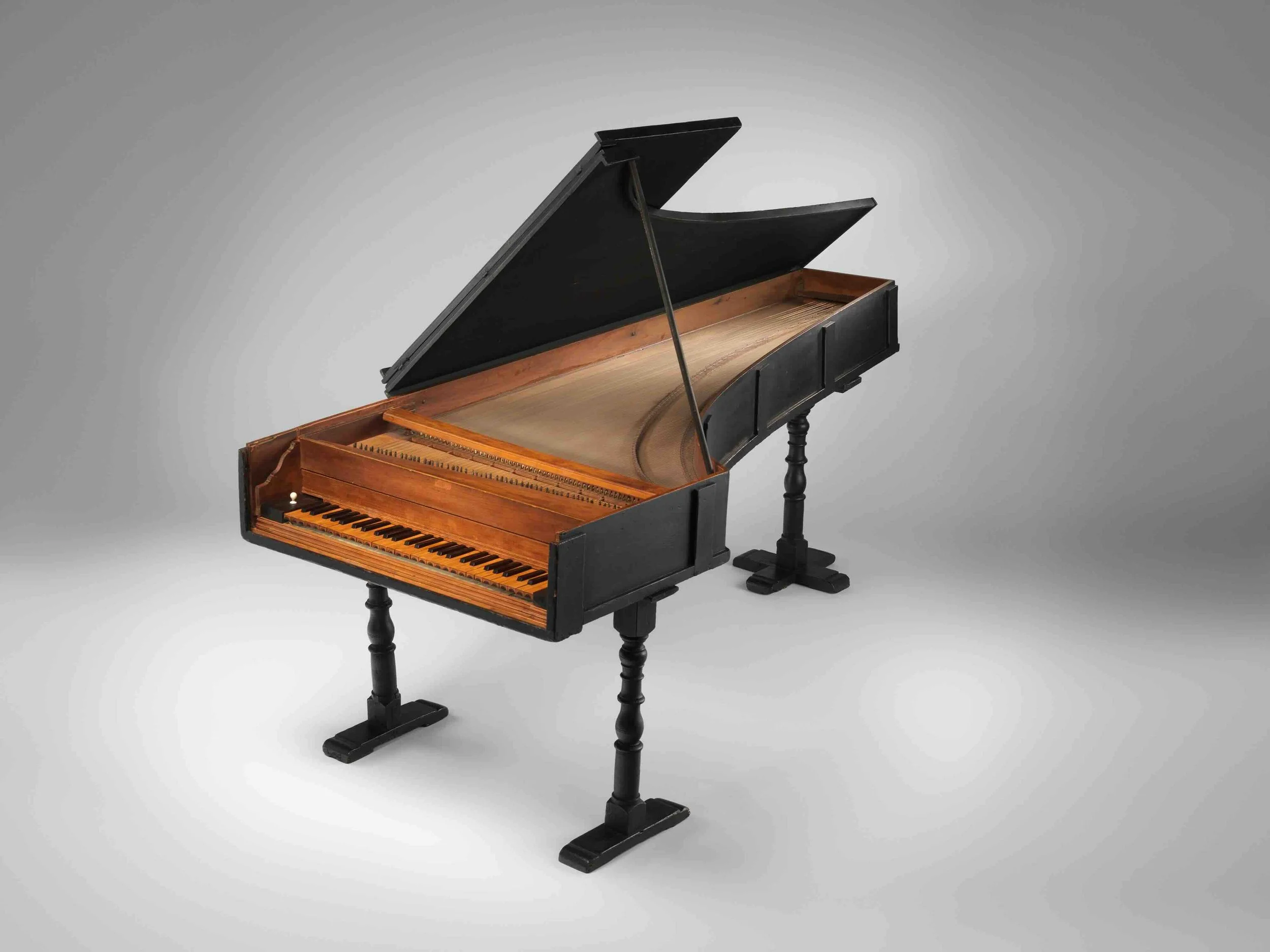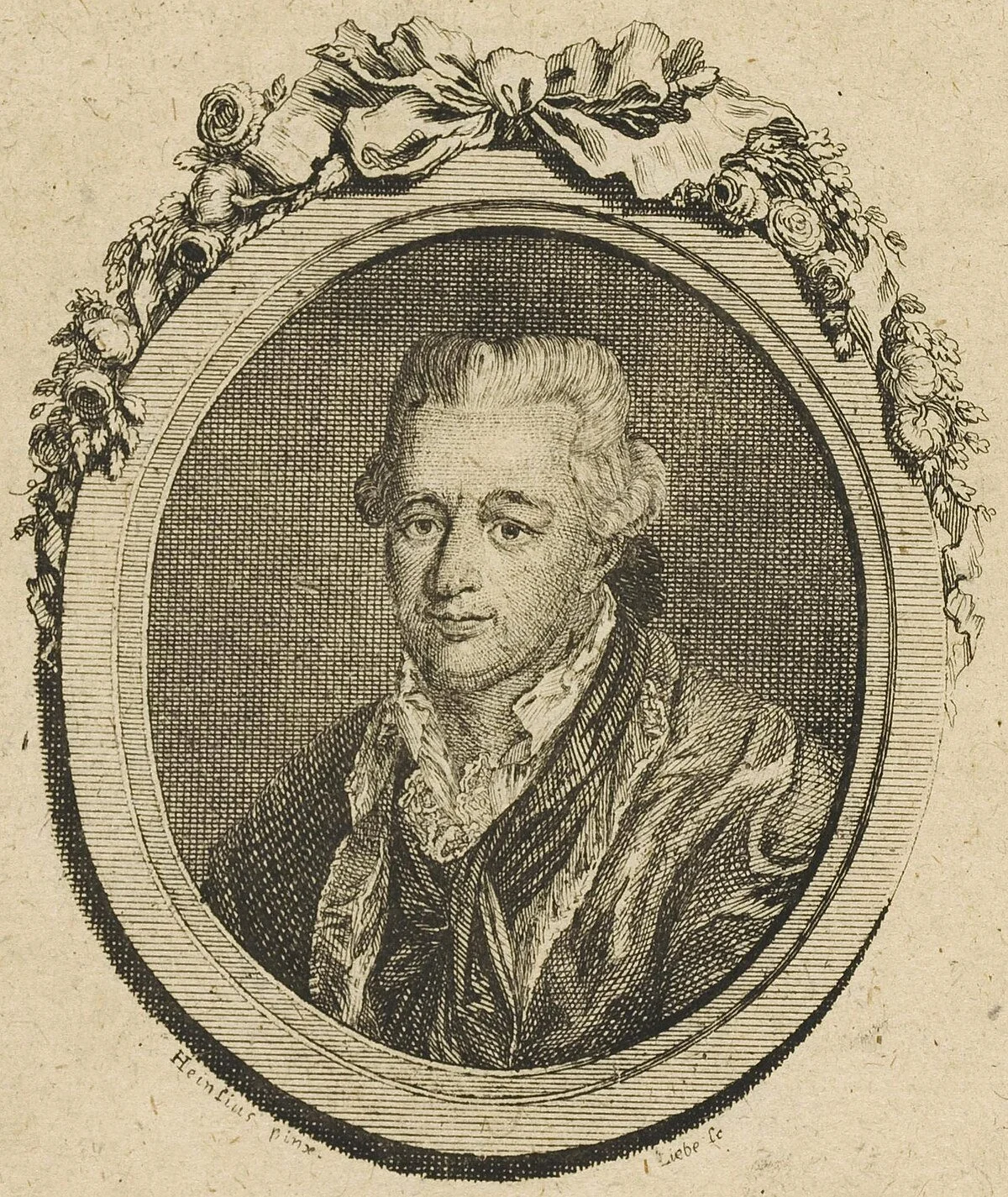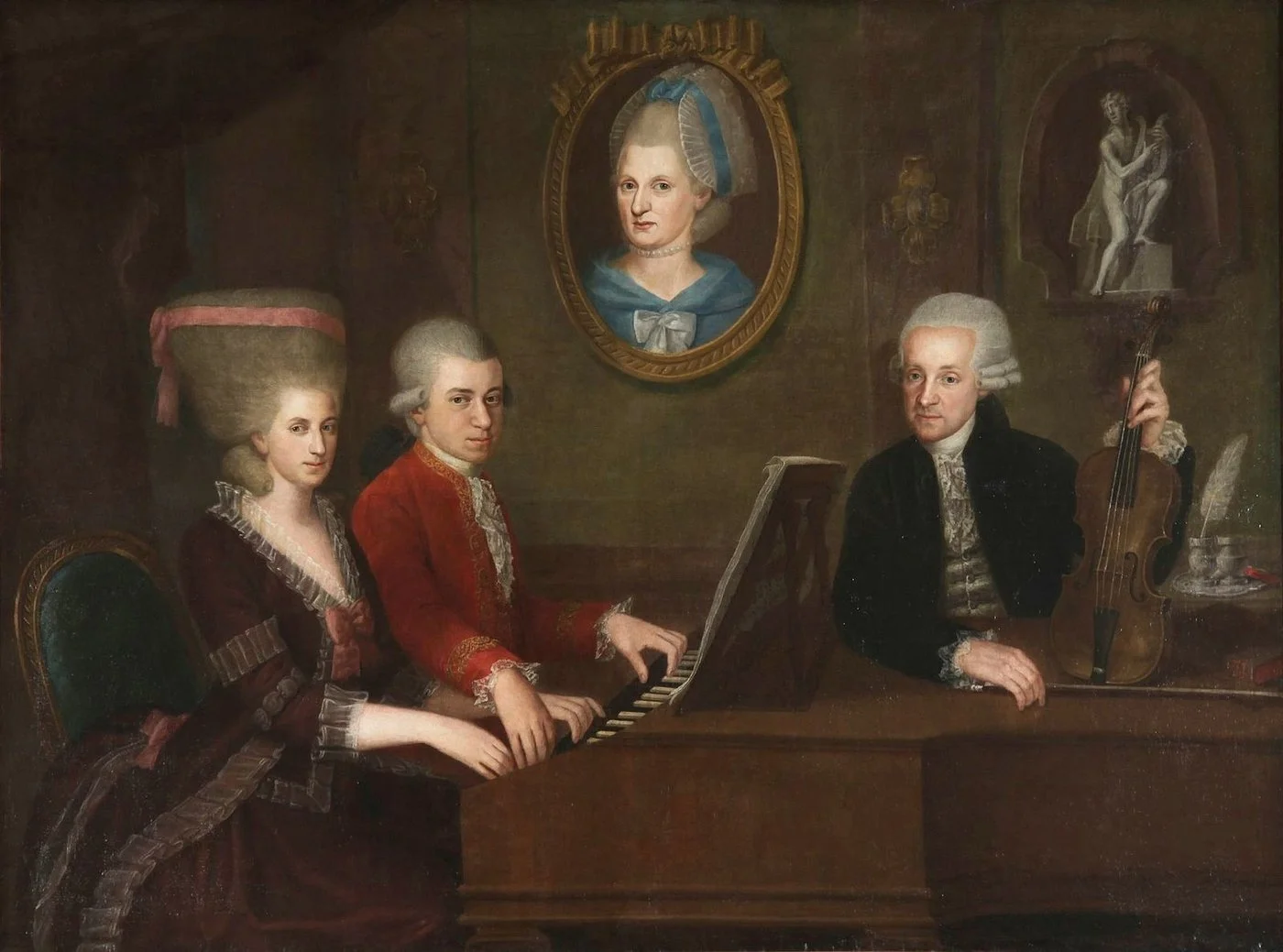The Intimate Revolution: How Four Hands Changed Everything
When we sit down at the piano bench together, hands occasionally brushing as we navigate the crossings in Mozart's K.19d, we're participating in something that was once scandalous. Four-hand piano music didn't just emerge from musical necessity—it was born from a perfect storm of technological innovation, social transformation, and a rather bold reimagining of proper 18th-century etiquette.
The story begins long before that first tentative moment when two players squeezed onto a single keyboard bench. To understand how revolutionary four-hand music really was, we need to trace the evolution from Pythagoras's single-string monochord in the 6th century BCE through centuries of keyboard development that eventually made our intimate musical collaboration possible.
Prefer to listen? This article is also available as a podcast episode featuring live musical demonstrations of the pieces discussed.
From ancient strings to revolutionary hammers
Pythagoras's monochord laid the mathematical foundation for everything we do as pianists today. His single string stretched over a hollow box with a movable bridge demonstrated that music follows precise mathematical laws—discovering the consonant intervals that still govern our tuning systems. It's remarkable to think that when we play those perfect fifths in Wolf's sonatas, we're expressing mathematical relationships first calculated 2,500 years ago.
Monochord | Whipple Museum
The journey from there was gradual but purposeful. Medieval clavichords emerged in the 14th century as the first true stringed keyboard instruments, using small metal tangents to strike strings. These early keyboards had as few as eight or nine keys—imagine trying to perform even a simple duet on such limited compass. The Renaissance brought harpsichords, which by the mid-18th century had expanded to five octaves with multiple string sets and often dual keyboards.
Clavichord (source: Organology)
But here's what changed everything for four-hand music: Bartolomeo Cristofori's revolutionary "gravicembalo col piano e forte" around 1700. His hammer action replaced the harpsichord's plucking mechanism with leather-covered hammers that could vary dynamics through finger pressure. By the 1720s, his instruments spanned about four octaves, and crucially, they offered the dynamic control that would make the intimate musical conversations of four-hand playing truly expressive.
Cristofori’s “gravicembalo col piano e forte”
The expansion to five and then six octaves by Mozart's era was critical. As Charles Burney noted, "ladies at that time, wearing hoops, which kept them at too great a distance from one another, had a harpsichord made by Merlin, expressly for duets with six octaves." This wasn't just about musical range—it was about creating physical space for two people to sit close enough to share music.
The composers who dared to innovate
Ernst Wilhelm Wolf was writing sonatas for two performers in Weimar during the 1760s, before anyone thought to publish such strange music. Wolf, who settled in Weimar on New Year's Day 1761 and became close friends with C.P.E. Bach, created these works in the context of intimate court performances. When we play Wolf's surviving four-hand pieces, we can feel the influence of the Empfindsamkeit style—those sudden shifts in mood, the angular melodies, the way he uses the interaction between primo and secondo to create dramatic dialogue.
Ernst Wilhelm Wolf
What strikes us most about Wolf's writing is how he exploits the crossing of hands, creating moments where the performers must coordinate not just musically but physically. There's something deeply expressive about these physical interactions that goes beyond what either player could achieve alone.
Charles Burney changed everything in January 1777 with his "Four Sonatas or Duets for two Performers on One Piano-Forte or Harpsichord." Burney was commercially astute—he recognized that there was no published music for this increasingly popular practice and filled the gap at precisely the right moment. His preface explained this "unusual practice" to a public still getting used to the idea of two people sharing a keyboard.
Charles Burney
When we perform Burney's sonatas today, their galant style feels both elegant and slightly cautious, as if he were testing the waters of this new medium. Each sonata follows a two-movement structure: a slow, expressive introduction that allows the players to establish their musical relationship, followed by a lively Allegro where the real collaboration begins. Burney wrote specifically for the new hammer-action pianos, exploiting their "chiaroscuro effects"—those sudden contrasts of light and dark that only dynamic control could provide.
Mozart's most significant early contribution was the Sonata in C Major, K.19d, composed in London in 1765 when he was just nine years old. Though modern scholarship questions its authenticity—some suggesting Leopold Mozart or even Nannerl may have had a hand in its composition—its historical importance as both a musical and marketing phenomenon cannot be overstated. This piece served as the perfect vehicle for showcasing the Mozart children's extraordinary abilities to European audiences, helping establish four-hand piano music as both entertainment spectacle and legitimate musical form.
Mozart family portrait
The sonata was strategically crafted for Wolfgang and his sister Nannerl to perform together during their grand tour of Europe. Leopold Mozart, ever the shrewd promoter, understood that the sight of two children collaborating at a single keyboard would captivate audiences in ways that solo performances could not. Contemporary accounts describe audiences' astonishment at seeing the siblings playing together, sometimes even while blindfolded with a handkerchief covering the keys. The London Chronicle of May 1765 advertised that "the two children will play together on the same harpsichord, and put upon it a handkerchief, without seeing the keys"—a marketing stroke of genius that emphasized their preternatural musical abilities while demonstrating the intimate coordination that four-hand playing required.
This piece became central to the Mozart family's financial success during their European tour. The novelty of four-hand performance, combined with the children's obvious talents, created a sensation that filled concert halls and private salons across the continent. K.19d wasn't just music—it was musical theater, family showcase, and marketing tool rolled into one brilliantly crafted package.
Regardless of authorship questions, K.19d demonstrates sophisticated understanding of four-hand possibilities. The writing shows awareness of how two players can share keyboard space without collision, how primo and secondo parts can engage in meaningful dialogue, and how the medium's unique intimacy can be exploited for both musical and dramatic effect. When we perform this work today, we can feel how it anticipates the great four-hand tradition that would follow—the conversational interplay that would reach full flower in Mozart's later authenticated duets.
The social revolution hidden in musical notation
What we take for granted as pianists—sitting close together, occasionally touching hands, sharing musical ideas in real time—was revolutionary in the 18th century. As Stanford scholar Adrian Daub notes, "Piano four hands represented a safe space in which touching and nearness were permitted or even desired – something that was unusual at the time."
The typical arrangement placed the primo (higher part) player as female and the secondo (bass part) player as male, positioned on the left. This created opportunities for interaction that were otherwise strictly regulated by 18th-century etiquette codes. Composers deliberately exploited this intimacy, crafting pieces that caused hands to overlap and interlock.
When we perform these works today, we can only imagine how shocking this proximity must have been. The forced intimacy revealed character—and as Charles Dickens later suggested in David Copperfield, watching four-hand playing could lead observers to completely reassess their opinions of the performers' moral standing.
The economics of musical intimacy
The rise of four-hand music was inseparable from profound economic changes. The growing middle class possessed both disposable income and leisure time in unprecedented quantities, creating demand for domestic entertainment that didn't require hiring professional musicians. For the first time in history, sophisticated musical experiences were possible in ordinary homes.
Piano costs were dropping as manufacturing improved. Early pianos were "inexpensive enough that the middle class could afford them" and were "often gifted to friends and family." The smaller spinets and early upright pianos took up less space than grand harpsichords, fitting perfectly into middle-class drawing rooms.
Music publishing economics drove the repertoire's development. Publishers discovered that four-hand arrangements outsold orchestral scores because they served the domestic market. Rather than requiring full orchestras, families could experience symphonic music through piano duet arrangements, democratizing access to high culture.
For middle-class women especially, piano playing became essential education. As sources from the period note, "for girls, playing an instrument was more important than learning to read." When guests and suitors visited, daughters would "entertain with performances of the latest popular works."
The sound of sensibility
The musical style that shaped early four-hand composition was Empfindsamkeit—the "sensitive style" that emerged in northern Germany around 1750. This aesthetic, championed by C.P.E. Bach, emphasized "true and natural" feelings through sudden contrasts of mood, angular melodies, and dramatic harmonic shifts.
When we play Wolf's four-hand sonatas, we're navigating music designed to "touch the heart and move the affections." Unlike Baroque music, which maintained one emotion per movement, Empfindsamkeit demanded rapid emotional changes within single pieces. This created perfect conditions for four-hand writing, where two players could represent different emotional voices in real-time dialogue.
The style broke decisively from Baroque practices. Instead of terraced dynamics with consistent levels, Empfindsamkeit demanded graduated dynamics with sudden contrasts. Rather than continuous motor rhythms, it featured frequent pauses and irregular phrasing. This shift from complex polyphony to homophonic texture emphasizing melody over accompaniment made four-hand arrangements both possible and expressive.
The legacy we inherit
Playing this early four-hand repertoire today, we're struck by how these 18th-century innovations solved fundamental problems of musical collaboration that remain relevant. Wolf, Burney, and the Mozart family created a musical medium that bridged the divide between serious art and domestic entertainment, between professional performance and amateur participation.
When our hands cross in Mozart's K.19d—regardless of its precise authorship—when we navigate the sudden mood changes in Wolf's Empfindsamkeit-influenced passages, when we work together through Burney's carefully crafted two-movement structures, we're not just playing historical music. We're participating in a form of musical intimacy that was revolutionary in its time and remains uniquely powerful today. The fact that K.19d may have been a collaborative family effort rather than solely Wolfgang's composition makes it even more emblematic of the collaborative spirit that defines four-hand music.
The four-hand piano repertoire that began with these tentative experiments in 1760s Weimar would become the foundation for centuries of collaborative music-making. The tradition these early composers established offers something irreplaceable: the experience of making music together, sharing not just notes and rhythms but breath, intention, and the physical presence that makes musical collaboration so much more than the sum of its parts. In future episodes, we'll explore how this intimate art form evolved and flourished in the hands of the great Romantic composers who followed.
Parting Thoughts
The origins of four-hand piano music reveal a perfect convergence of technological innovation, social transformation, and artistic vision. What began as practical experimentation in 18th-century drawing rooms became a new form of musical intimacy that fundamentally changed how we think about collaborative performance. These early pioneers—Wolf with his Empfindsamkeit-influenced experiments, Burney with his commercially savvy publications, and the Mozart family with their spectacular marketing of musical intimacy—created something that was simultaneously revolutionary and inevitable.
As performing pianists, we remain grateful for their audacity. Every time we sit down together at the keyboard, we're continuing a conversation that began in the most unlikely circumstances: when propriety met passion, when technology enabled intimacy, and when music found a way to bring people closer together through the simple act of sharing a piano bench.
This is just the beginning of our exploration. In upcoming episodes, we'll discover how the seeds planted by these 18th-century innovators blossomed into the rich tradition of Romantic four-hand literature, and trace the evolution of this most intimate musical medium through the centuries that followed.
Love this format? Subscribe to our podcast on your favorite podcast player for more episodes exploring four-hand piano history, complete with musical examples and historical context.
Further Reading
For those interested in diving deeper into the origins of four-hand piano music, we recommend:
Ernst Wilhelm Wolf: German Composer and Pioneer - Radio Swiss Classic biography and AllMusic profile
Piano Four Hands: A Cultural History - Academic research from Cambridge University Press on 18th-century keyboard arrangements
The Surprising Cultural History of Four-Hand Piano Playing - Stanford Arts comprehensive study
A General History of Music by Charles Burney - The music historian's own account of musical developments in his era
Empfindsamkeit and C.P.E. Bach - Oxford Music Online and various classical music resources on the "sensitive style"
Mozart Family Letters and Contemporary Accounts - Various historical documents detailing the children's performances during their European tour
This article is the first in our ongoing series exploring the history and development of piano four-hands repertoire. Future episodes will examine the Classical and Romantic expansion of the genre and its evolution into the 20th century.






